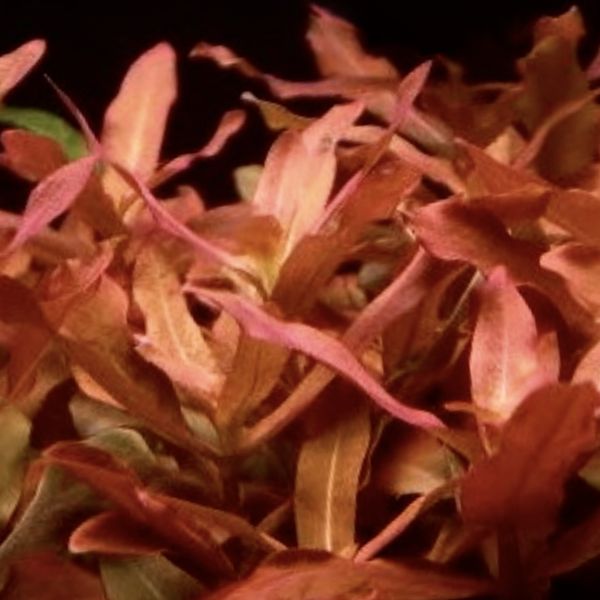FREE SHIPPING ON ORDERS OVER $30*
Ammannia Senegalensis
$7.99
Common
Stem
Moderate Growth Rate
High Light
CO2 Recommended
Availability: Out of stock
SKU
AP-003
AMMANIA SENEGALENSIS This species is distributed in the northern parts of Africa and is also found as a weed in rice fields. The creeping stem (usually red- dish) is 2.5 to 5 mm thick. There are three varieties known: one with green leaves, another with narrow leaves, and a third one with wide red leaves. Those plants with green leaves are not suit- able for aquariums because they do not grow permanently under water. The leaves of the red varieties are ovate, 25 mm long and 10 to 12 mm wide, and their margins are undulate (the broad-leaved variety). The leaves of the narrow-leaved variety are about 50 mm long and 7.5 to 10 mm wide, with nearly curled margins. The flowers are pink or reddish and 5 to 7.5 mm wide. An Ammania plant is cultivated in a poor substrate in soft or medium hard water with a good light. In winter it must be pro- vided additional artificial light, otherwise the lower leaves drop so that at the beginning of spring the existing tips have to be cut off and replanted. If it grows well under water in summer, the tips can be pruned and the main stem will then branch out; in this way bright green, very ornamental bushes can be obtained.
| Is Featured | No |
|---|---|
| Rarity | Common |
| Type | Stem |
| Growth Rate | Moderate Growth Rate |
| Light Requirement | High Light |
| Color | Blue |
Write Your Own Review

